5 Different Types of Light Switches in the Home
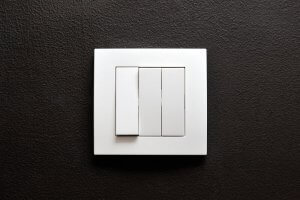
Light switches are a basic part of any dwelling. They fill such a daily, essential need that it might seem impossible for people to have lived without them in the past. Of course, what light switches do is well known. However, you might not be as familiar with the different types of light switches that are available on the market.
In this article, we’ll show you the different options that you have apart from the classic single light switch.
Different types of light switches depending on the need
The light switches that you use in a dwelling should vary depending on the specific need of each room. Further, don’t forget that light switches have now become more than just a functional, necessary part of the room.
It’s undeniable that light switches can also play a role in the aesthetics of a room. You can find some that can be a real decor feature.
Below, let’s analyze the different types of light switches so that you can find the right type for your home. Also, keep in mind the fact that you don’t have to use the same kind throughout all the rooms in your house. The most important thing is to find what’s best for each room.
1. Basic light switch
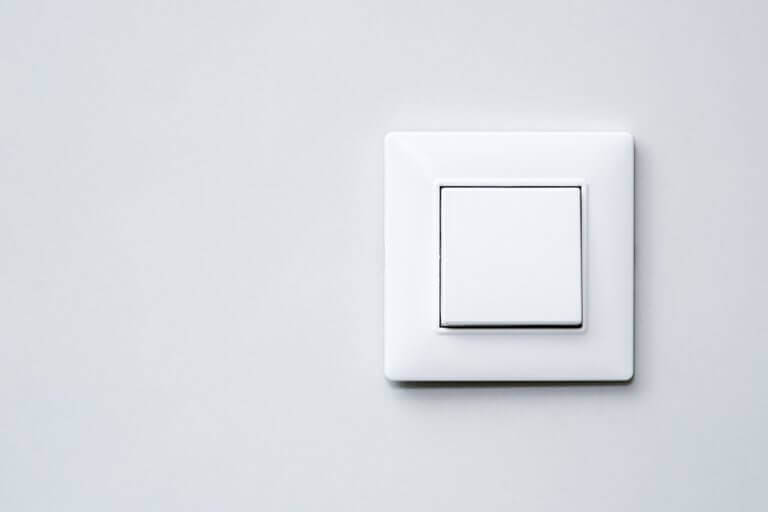
We wouldn’t have it any other way – let’s start with the basic light switch. This is the kind that’s most common in all dwellings thanks to its functionality and simplicity.
The advantage is that you can adapt it to any room and that it goes perfectly in classic style houses. It also finds a place in more modern residences, such as in houses with a minimalist design or an underground style.
This type of light switch has a cover called a wall plate, which is the frame that goes around it. It’s most common to have the same color wall plate as the base, but there are more daring options.
If you choose a fun and original wall plate, the light switch will also become a decorative feature. The basic or single light switch is the most common in bedrooms, kitchens or bathroom lighting.
2. Multiple light switch
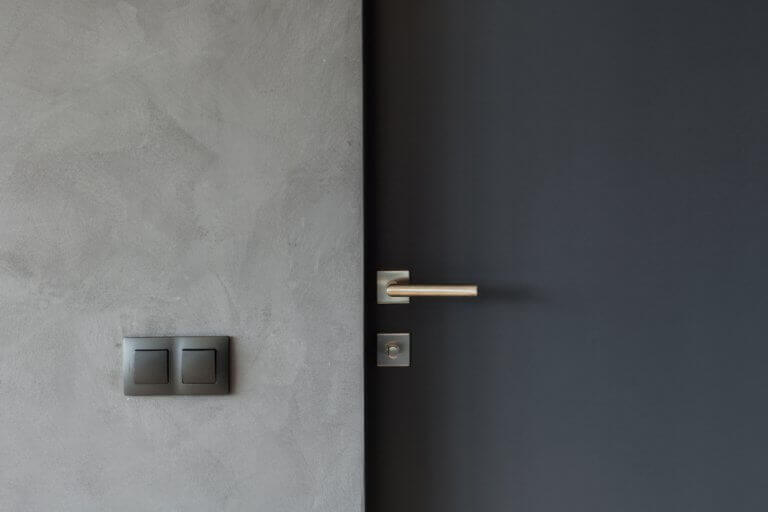
The multiple light switch is where you can turn on various lights from the same point on the wall. It’s a combination of two or more basic light switches set together, usually within the same frame, or wall plate. When the two switches are made from one piece, the result is much more appealing.
This type of light switch is generally found in rooms where you need to control different points of light from the same spot. For example, if your living room has independent lighting for the living area and dining area, this would be a good option.
The same thing applies to the lighting in the hallway or the kitchen. Installing different lighting areas in the same room is a good way to save. That way, you can keep the lights on just in the part of the room you’re using, and you won’t waste power. You’ll notice the difference in your energy bill.
3. Foot switches
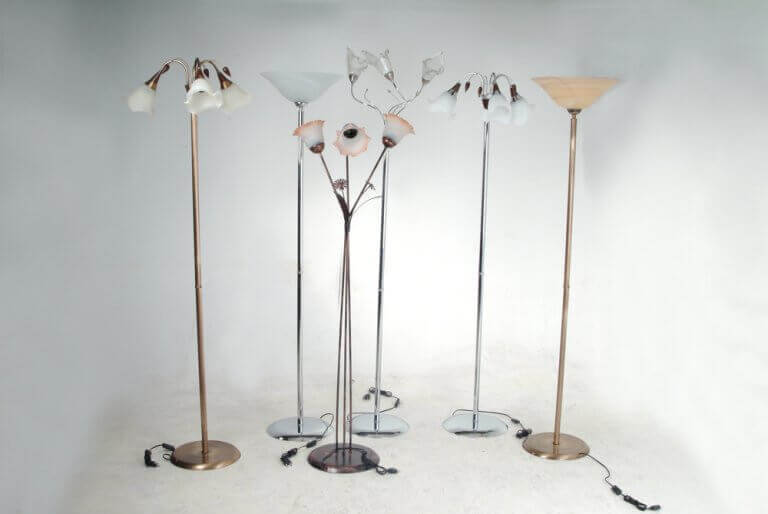
Foot-controlled light switches are the best suited to turn on arc lamps or floor lamps. These switches are becoming more aesthetically appealing, which means it’s no longer necessary to hide them between the sofas or underneath the rug.
Although foot switches aren’t that common, they are very practical in certain situations, such as for these types of lamps.
4. Hand switches
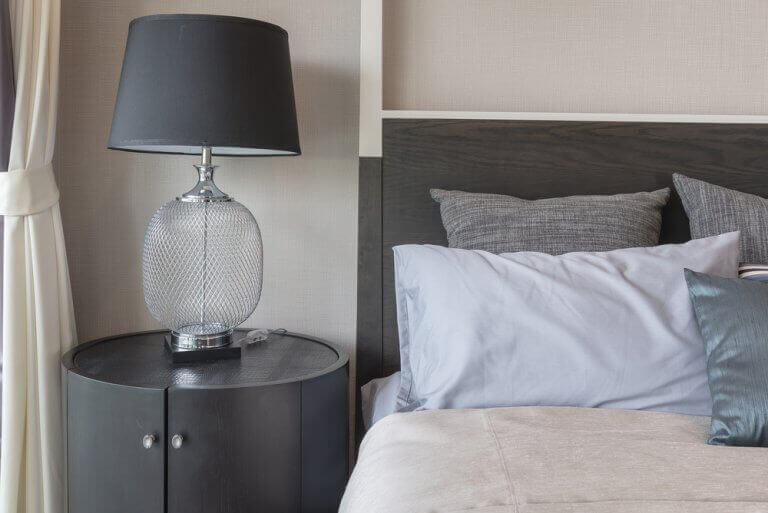
Hand switches are truly practical. These tend to be for desk lamps and table lamps in study areas. They are comfortable since they allow you to turn on and off the lighting without having to get up.
They are also common in small lamps that many people have on their bedside table. Want to turn off the lamp when you’re going to sleep without having to get out of bed? This type of light switch will be perfect.
5. Types of light switches: dimmer switches
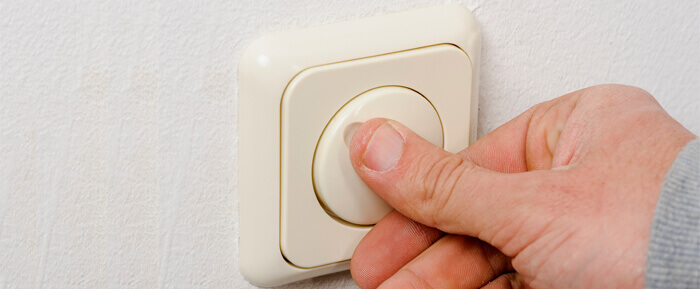
Perhaps out of all the different types of light switches available, dimmer switches are less well known. They have a circular switch that turns and allows you to brighten or dim the light as you need to.
The first thing you should know before installing this type of light switch is that not all light bulbs allow dimming. Buy light bulbs specifically for use with dimmer switches. The result will be a room that has different levels of lighting that you can vary depending on the needs of the moment.
For instance, when you need a more powerful light, such as for when it’s time to eat, you can turn up the brightness. But when you’re on the sofa watching TV you can adjust the light to create a cozier atmosphere.








